Lever Action vs Bolt Action Rifle: Just Get One of Each
In a day and age where semi-auto rifles rule, it’s still nice to see that they haven’t forced other options out of the market. Manually operated firearms are still quite popular. The market was pretty excited to see the Marlin brand make a comeback. With that in mind, the two most popular manually operated rifle types are bolt action and lever action rifles. Both designs are beyond a century old and both have seen use by military forces, hunters, and law enforcement.
The question I aim to answer today is if one is better than the other? It’s a question that’s likely impossible to answer without some subset of parameters. Both certainly have strengths and weaknesses, and today that’s what we are going to break down. It’s unlikely we can say one is just plain better than the other, but hopefully, we’ll provide the information you need to make the decision of which is better for you.
What Are Lever Actions?
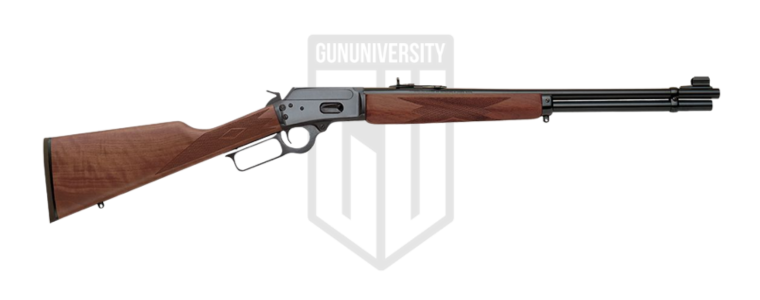
Lever action rifles are manually operated firearms first created right around the time of the American Civil War. They utilize a lever that sits along the grip on the firearm and around the trigger. To operate the weapon, the user simply cams the lever downward and upward. This ejects the fire round, cocks the weapon, and loads the next round all in one economic motion.
Historically, lever action rifles have been used for several tasks. We often declare the Winchester rifle the gun that won the West. They’ve been a popular choice for hunters, law enforcement, and even select military forces.
Lever action rifles are the most popular lever action choice, but lever action shotguns and handguns also exist.
Here are our favorite lever action rifles.
What Are Bolt Actions?
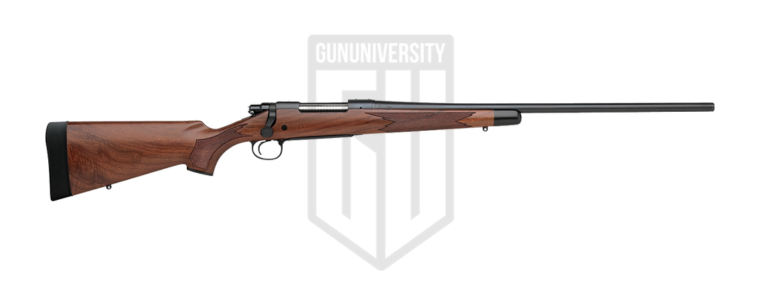
Bolt action rifles are manually operated firearm that use the gun’s bolt to operate the weapon. A handle is attached to the bolt, and the user manipulates the handle, often in a pattern that rotates the bolt inwards, pulls it rearward, pushes it forward, and then rotates the handle downward. However, straight pull bolt rifles exist where the user simply pulls the bolt rearward and shoves it forward.
This manipulation of the bolt ejects a spent round, cocks the hammer, and loads the next round. Bolt action rifles have been extremely popular with hunters, law enforcement snipers, and military snipers. For decades, they served as the battle rifle of most military forces, at least until right after World War 2.
Bolt action rifles are the most popular bolt action platform, but bolt action shotguns and handguns also exist.
What They Have In Common
Off the bat, both firearms require manual operation. They are versatile, available in tons of different calibers, and tend to be extremely capable weapons. We often see both as outdated for most tasks but still have a strong market presence because of their benefits, price points, and more. While they have a lot in common, they have even more differences.
Caliber Selection
Oh boy, there are lots of factors to consider and talk about here. Both types of rifles have tons of chamberings available, but they are largely different. Lever action calibers tend to be close-range powerhouses. I’m talking big heavy bullets that fly fast but not always far. Cartridges like the .30-30, the .45-70, and the .444 Marlin dominate that lever gun market.
With bolt action rifles, the shooters get smaller calibers but much faster bullets that tend to go much further. This includes rounds like the .30-06, the 6.5 Creedmoor, the .308 Winchester, and the .223 Remington. This doesn’t catalog the entirety of either platform’s caliber selection either.
Lever action rifles can also chamber magnum pistol rounds like .44 Magnum and .357 Magnum. Most lever action rifles are forced to use round-nose projectiles because of the design of the tubular magazines. The projectile of one cartridge sits against the primer of the next. If Spitzer-style pointed bullets were used, they could set off the next round, which is why they cannot be used.
This restricts them to blunt nose projectiles, which limits their effective range. However, this isn’t universal. Rifles like the BLR from Browning and Henry Long Ranger exist and use Spitzer-style projectiles and rifle calibers. They both use magazines to store more common rifle rounds instead of a tubular magazine.
Bolt action rifles offer a ton of different calibers available. From .22 Long Rifle to .50 BMG, we can scale a bolt action up or down to nearly any size. Bolt action rifles can also fire any lever action round, although they tend to be fairly uncommon.
Ultimately, bolt actions offer the most caliber selection out there.
Rifle Selection
When you start shopping for either type of rifle, you’ll either be underwhelmed or overwhelmed. Underwhelmed might be a harsh term, but you’ll notice quickly there aren’t a lot of lever gun makers on the market. When you shop for American-made, we have Henry, Marlin, and Browning, and Browning only makes one lever gun. Rossi and Citadel make some imported guns, as does Uberti.
When you shop for bolt actions, you’ll be hit with designs from Mossberg, Remington, Savage, Barrett, Ruger, Rossi, Tikka, Christensen, Bergara, Browning, Weatherby, Howa, and many, many more. Not only are there way more manufacturers of bolt action rifles, but there are way more designs and different styles of rifles.
A lever gun is a lever gun, with the only real variation being guns like the magazine-fed Long Ranger and BLR. Bolt action guns come in configurations aimed at hunting, plinking, precision, anti-material, bullpup, and youth-oriented training guns.
Bolt actions tend to be easy and affordable to produce. They are simple, and that has led to many more manufacturers setting up shop to produce bolt action rifles.
Reliability
Manually operated firearms tend to be inherently pretty dang reliable. Why wouldn’t they be? They don’t rely on gas, pistons, or blowback operation. You cycle the action. With that in mind, both bolt action rifles and lever guns are essentially tied in mechanical reliability as long as it’s a quality firearm and good ammunition.
The actual difference in reliability comes from the user. Human mistakes are more likely with the lever action rifle. Short stroking the lever action is something that can happen. It can cause issues with reliability and give you a click when you need to hear a bang. Bolt actions are hard to misuse. A key to maximizing reliability is running either action with authority to the full range of motion.
Rate of Fire
When the lever action rifle premiered in the Civil War, it blew away other guns of the era. The rapid action and seemingly massive magazine size made it a devastating close-range weapon. Working a lever quickly is very easy. If you’ve ever watched Chuck Connors in the old TV show The Rifleman, you’ll know just how fast those rifles can shoot.
Bolt action rifles are a little trickier. Their action requires the firing hand to move quite a ways away from the trigger and grip. You have to complete four motions to load the next round. While you can get pretty fast and straight bolt actions exist, neither is as fast as a lever action rifle.
The operation of the action isn’t the only thing that can slow you down. With a bolt gun, it can be difficult to maintain a good sight picture while working the action unless you have a supported position. Lever guns allow you to work the action without ever breaking a firing stance. If you need fast follow-up shots at relatively close range, then the lever action rifle is the way to go.
Ease of Use
Which rifle is easier to use? That depends on what exactly you want the rifle to do and how you use it. We’ll examine in detail and evaluate the different factors that require consideration.
First off, lever-action rifles tend to be ambidextrous in their operation. Meaning the lever can be used easily with either hand. While loading gates and safeties might not be ambidextrous, we can wield the lever with the left or right hand. Bolt action rifles are either designed for right-handed shooters or left-handed shooters and nothing in-between.
Lever actions tend to be more compact than bolt action rifles as long as we are comparing similar calibers. A .22LR bolt gun is shorter than a .30-30 bolt gun any day of the week. However, a .308 bolt gun and a .30-30 lever actions are more comparable, and the lever gun tends to be more compact.
When we look at positional shooting, the bolt gun comes out on top. It’s very easy to shoot a bolt-action rifle in a prone or kneeling position. In the prone, a lever gun can be a tough cookie to crack due to the movement below the gun. The same comes from kneeling positions or using positional shooting.
When it comes to cleaning and maintenance, bolt guns are a good bit easier. Bolt action rifles are very simple guns with minimal moving parts. Lever-action rifles tend to have some clockwork to them. Cleaning a bolt gun is as easy as removing the bolt. Cleaning a lever gun takes more time and effort.
In terms of reloading, it’s a bit divided. You can load a bolt gun from empty to capacity quite quickly and easily. A lever gun takes one round at a time. On the split side, you can top a lever gun off without needing to open the action, so you could theoretically never have an empty gun.
Accuracy
On the accuracy front, there is much to dispute here. The bolt action rifle platform is much more accurate than the lever action. A good rigid action, receiver, and barrel setup make this possible. Plus, the Spitzer-style rounds tend to be more accurate than the brutish hard-hitting round-nose projectiles.
We have used bolt action rifles for decades as precision platforms. You won’t find a lever gun, even something like a BLR, at a PRS Match. This is not to say lever action rifles are inaccurate. They are just not as precise or accurate as bolt action rifles.
Cost
Oh boy, if you start shopping for lever-action rifles, you quickly realize it’s an expensive task. Even the ‘cheap’ lever guns like the Rossi M92 go for seven hundred dollars. Getting into American-made lever guns ratchets the price up as well. Lever action rifles are pricey firearms due to their complication.
Bolt action rifles can be a fair bit cheaper than lever action rifles. There is something to be said for simplicity. Even an American-made Savage or Ruger bolt action can cost less than 500 dollars. I think it’s pretty clear which rifle wins this category.
Better Than
With all this in mind, what is the better rifle? As I mentioned in the intro, there is no number 1 answer. With that in mind, let’s break down a few situations where these weapons excel to give you some real-world examples.
What the Bolt Action Is Better At
Precision Shooting – If you need to shoot straight, then the bolt action is tough to beat. It still remains the undisputed champ of precision shooting, not just over lever actions, but over other actions well. That is why it occupies 4 of our top 7 best sniper rifles.
Budget-Friendly Hunting – If you need a good hunting rifle without going broke, then a good bolt-action rifle is tough to beat. The Ruger American and Savage Axis series provide effective, accurate, reliable, and affordable hunting options. Every rifle in our best hunting rifle list a bolt action rifle.
Long Range Range Shooting – On top of being accurate, a bolt-action rifle comes in every popular long-range caliber. Bolt guns dominate long-range shooting along with big magnum-powered rounds.
What the Lever Action Is Better At
Brush Hunting – Brush hunting is typically close-range encounters that are quick and sudden. The power of lever action cartridges excels here. They punch right through whatever brush is in the way and can take game animals fast at close range. Plus, a lever gives you a faster follow-up shot.
Defensive Use – If you lived in an area where a semi-auto isn’t available, then a lever action would be the way to go. Rounds like the .357 Magnum and .44 Magnum are most certainly man-stoppers, and in bear country, the .45-70 and even .30-30 can save you from becoming a meal.
Playing Cowboy – Okay, well, this is silly but true. Work a lever action and tell me you don’t want to shoot it out at high noon!
Companies like Midwest Industries have started making m-lok handguards for Winchesters, Marlins, and Henry lever action rifles, if you felt the need to bring your lever action rifle to the modern era.
Here we can see Garand Thumb shooting a heavily modified lever action rifle.
The Rifles
As you can see, these rifles have a lot in common but are vastly different at the same time. Hopefully, we’ve provided you with the tools to answer your own questions. If not, please comment below, and let’s figure it out!
Recent Posts
May 4, 2025
May 2, 2025
April 27, 2025

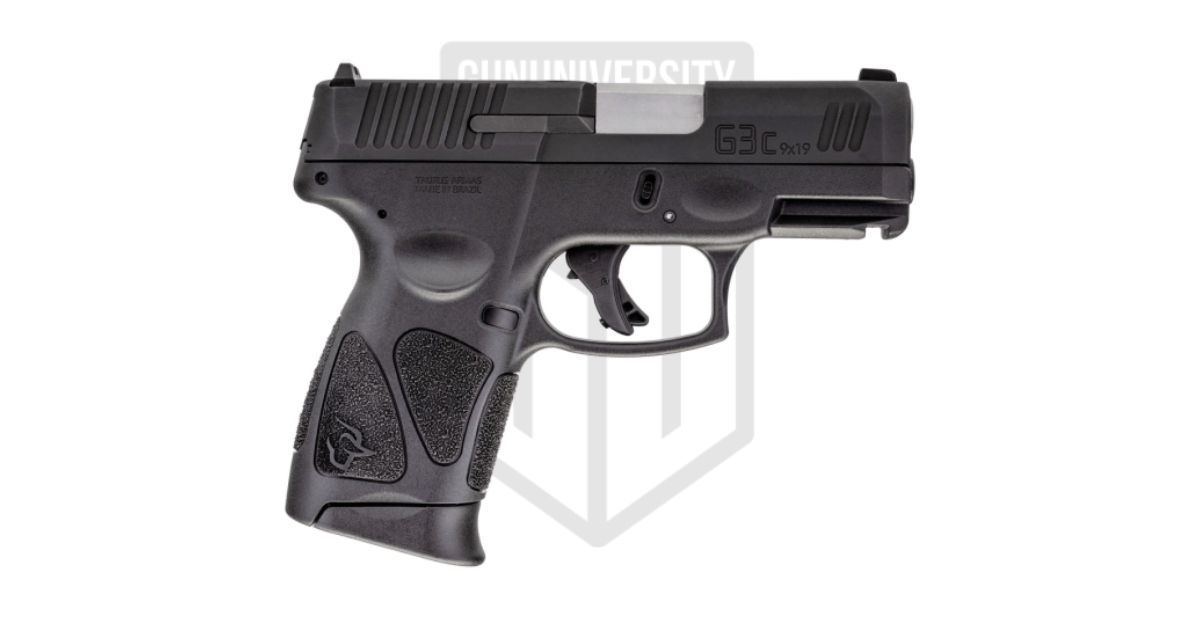
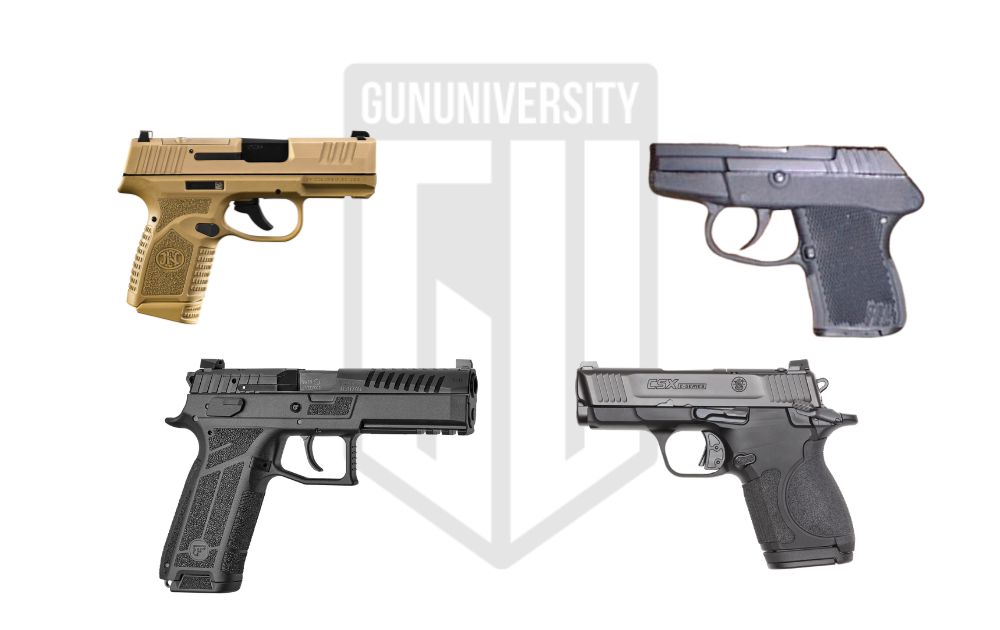
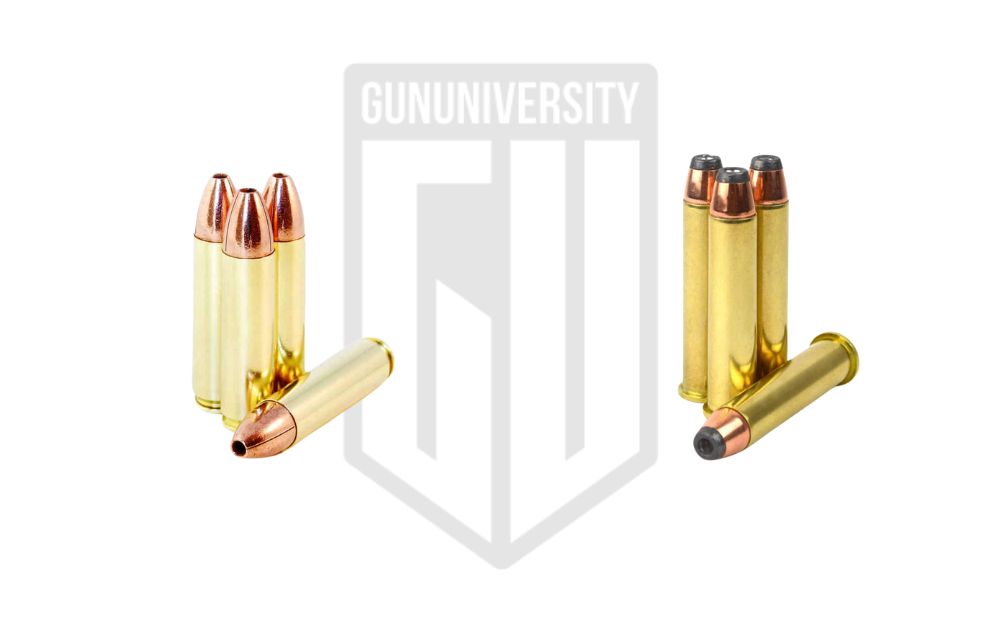
![Best First Handgun of 2025: [Beginners Guide]](https://gununiversity.com/wp-content/uploads/2024/07/Streamlight-TLR8.jpg)